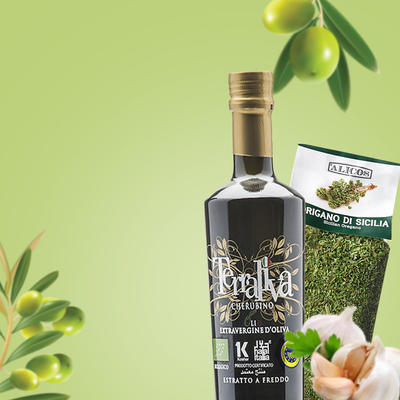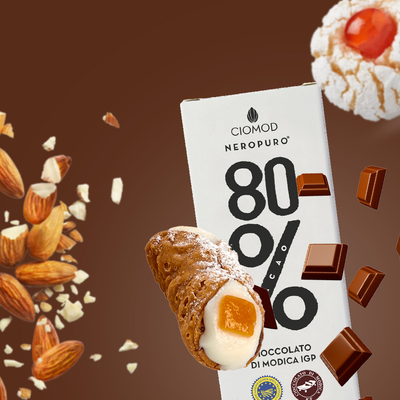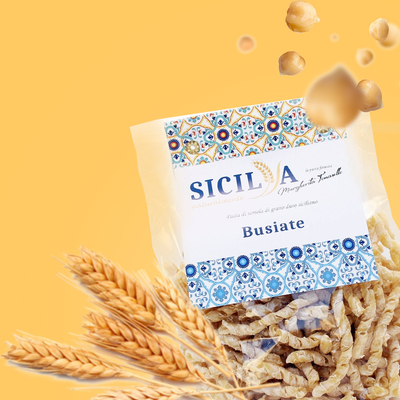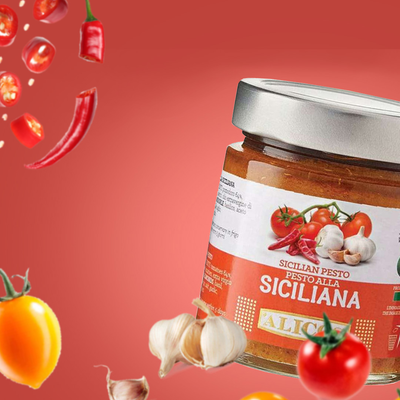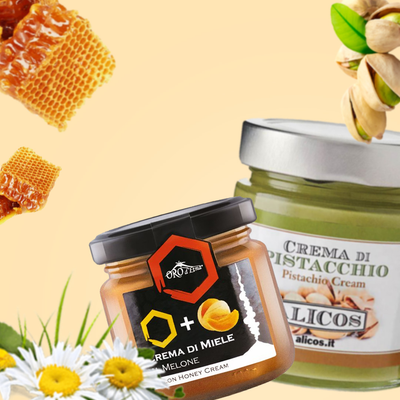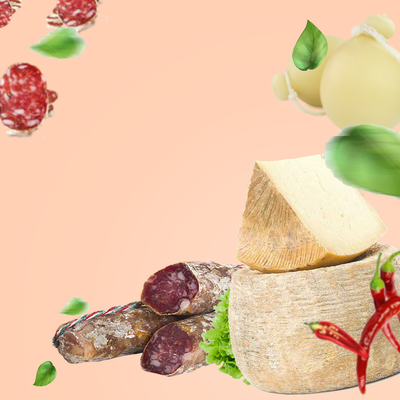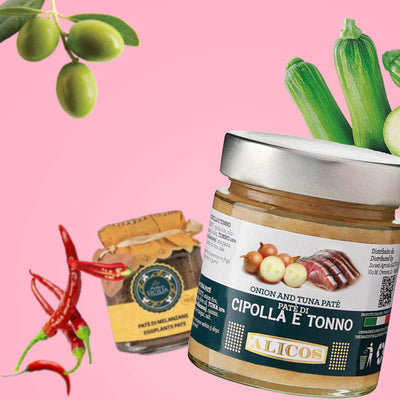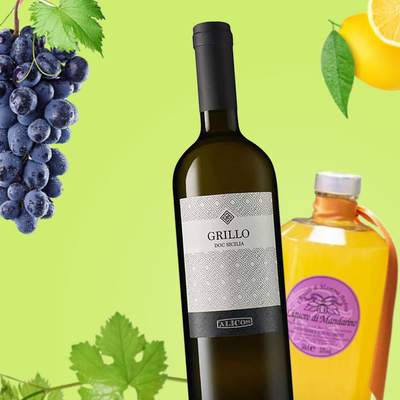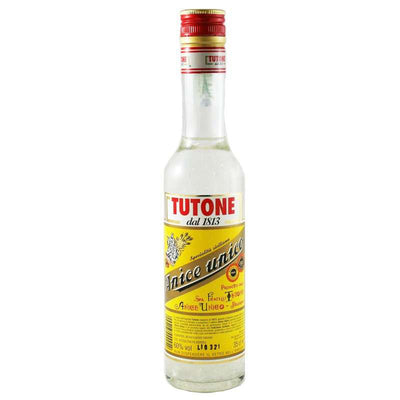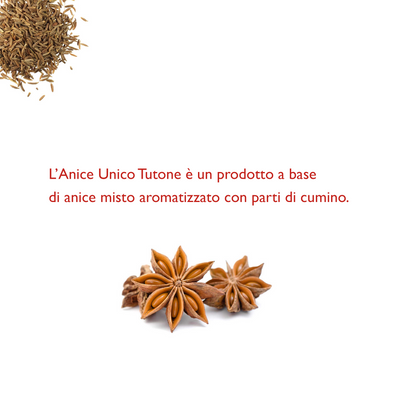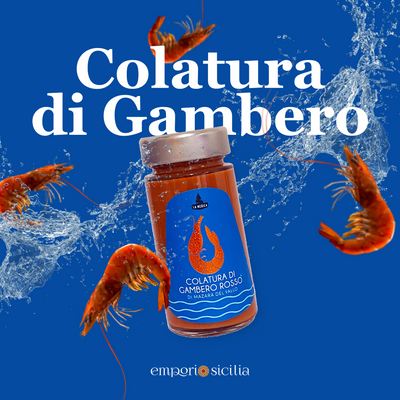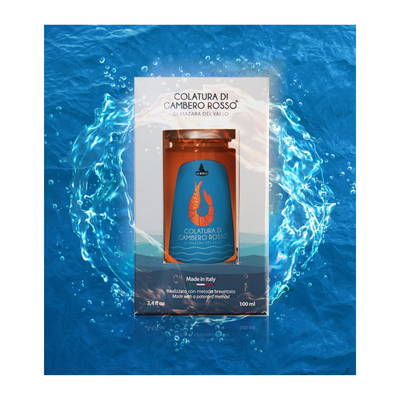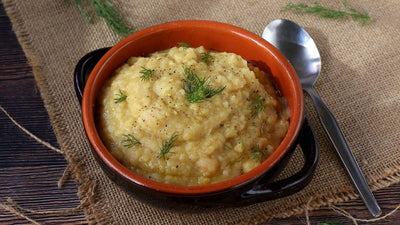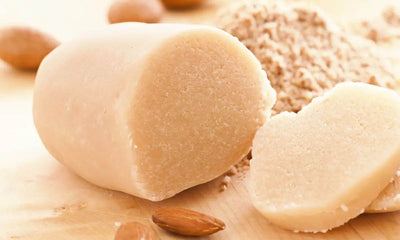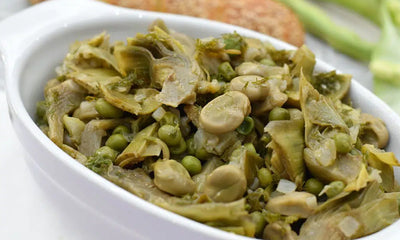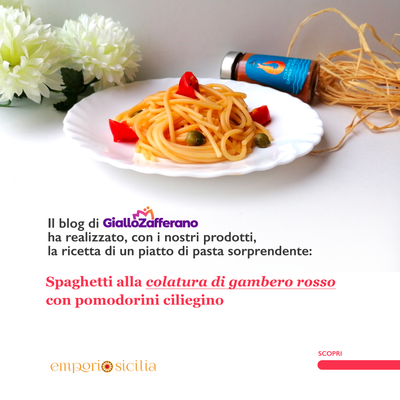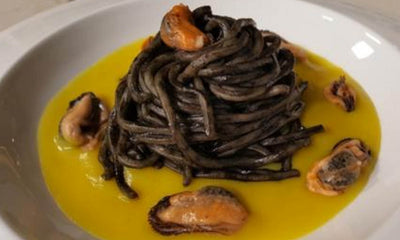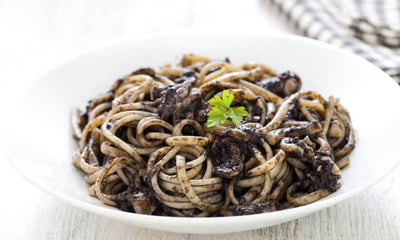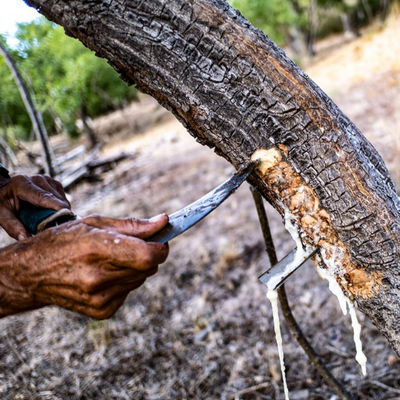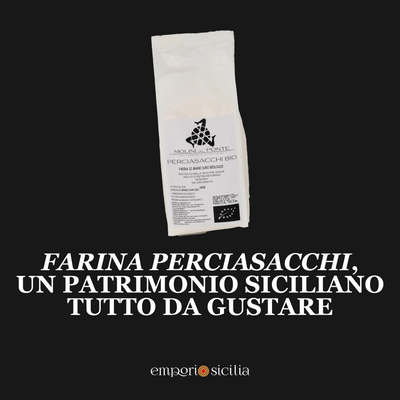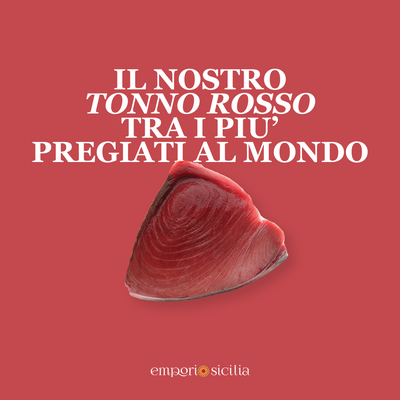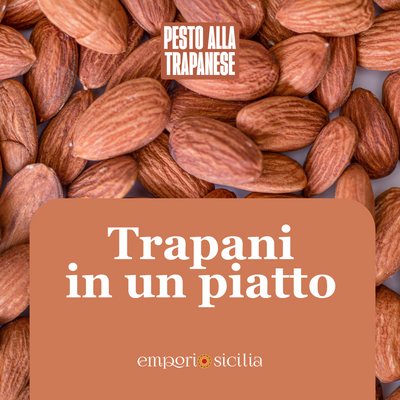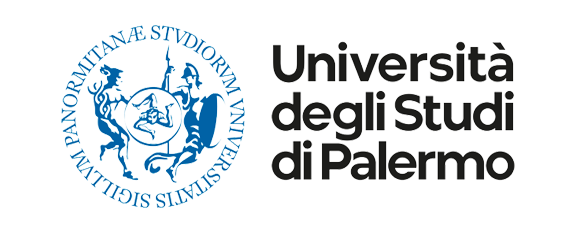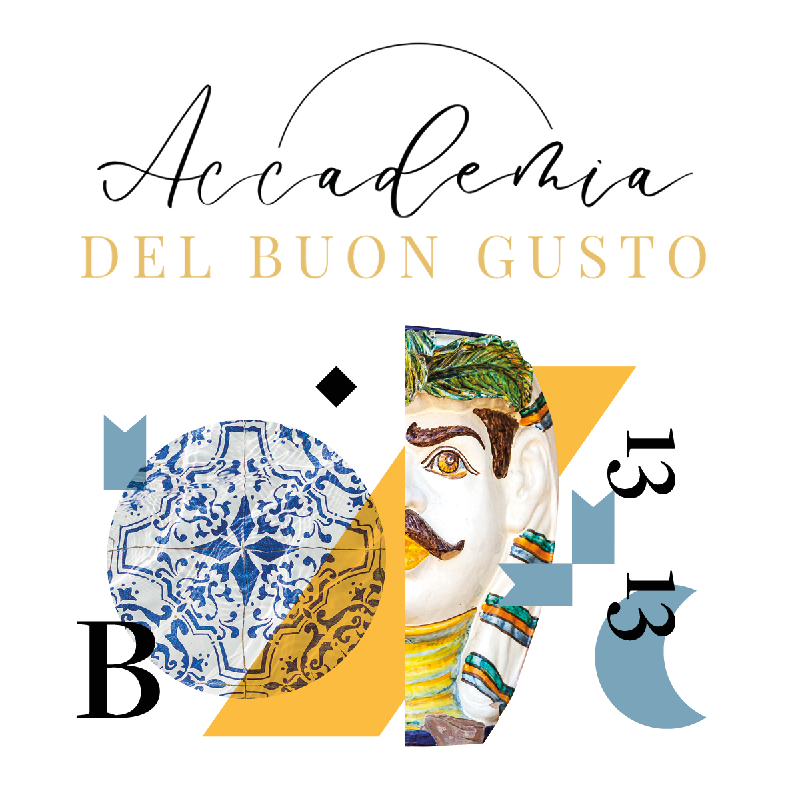Couscous was born from the need to preserve cereals easily and for a long time. Born as a poor dish, it was for several centuries the main food consumed by the nomadic Berber populations. Even today, large quantities of couscous are consumed in north-west Africa, accompanied mainly by vegetables, lamb or mutton and broth.
Cous Cous whose typical Sicilian variant is the one with fish. It was born in medieval times, most likely between the 7th and 8th centuries, on the Maghreb coasts and in sub-Saharan Africa, becoming the main dish of these regions. It is likely that the people of the Maghreb had learned the techniques of cooking couscous from the sub-Saharan populations.
For this dish, the manual skill of the chef is essential with a specificity of gesture that is strongly rooted in the territory and is often linked in the stories of recipe books to a feminine and domestic culinary universe. Couscous arrived in Sicily with the Arab domination, requires a long, complex and elaborate preparation and is a dish of a sacred and festive cuisine.
The preparation of couscous is based on two parallel and independent levels. The preparation of the semolina and the preparation of the broth. The main variations of the dish at a national level, in addition to the Trapani one, are the Sardinian casca, the Livorno couscous and then the international ones with the French, Moroccan and Algerian dishes.
The semolina is processed with water and salt to form the couscous grains.
The variations of the dish are based almost exclusively on broth. In the Trapani area it is in fact based on fish and would consist of a poor local declination of the original meat-based dish; poor because island couscous was originally a dish prepared by fishermen with unsold fish scraps and a legacy of this origin has remained in a saying still widespread today "it is good for making couscous" or mutatis mutandis "it is not even good for make couscous".
Let's see the preparation which is truly a work of art, it begins with the "incocciata" it is a transformative phase of fundamental importance: the semolina is in fact "incocciata" or sprayed with salt water and turned with the hands, transforming into couscous: Attempting to make couscous without ever having witnessed its preparation appears to be an absolutely hopeless undertaking and should not be recommended even for the most experienced cooks.
Another fundamental element in the preparation of the dish is the furnishings. During the "incocciata" phase, the semolina is placed in the mafaradda, a characteristic concave terracotta plate where it is wetted with water and worked with a rotary movement of the hands; then drying follows and once the semolina has been cooked, it is left to dry. This activity serves to fix the state in which the preparation has arrived. This process continues with seasoning and shelling. The couscous is then seasoned with ingredients that change from recipe book to recipe book and which also depend on the type of variant of the dish you intend to make: garlic, onion, various spices.
Various spices serve to flavor the semolina and enhance the seasoning that the semi-finished product is preparing to accommodate. The shelling follows: the couscous is soaked in oil and rubbed between the hands in order to separate the grains; in this manipulation the need for light and delicate gestures returns. Another fundamental element, another fundamental object regarding cooking and couscus, was a sort of terracotta colander with holes in the bottom which is placed in another pot in which water or sauce is boiled. This is covered and tied with a string of pasta which serves to join the pot and couscusera to avoid heat dispersion.
The definitive touch of the dish is also a complex operation. After preparing the fish broth we naturally move on to the final closing of the dish which is also made up of several operations. “The abbivirata” is the last phase of this ancient recipe. The conjunction operation once again aims to find a point of balance. The couscous should not be too dry or too wet. Combining the semolina with the soup is equivalent to a "virtual closing" of the dish.
Another resting phase follows which corresponds to the fixation of the final state and is aimed at further flavoring the dish and sedimentation of the flavours. For the process of preparing couscous we can say that the recipe seems to be based on the movement of cycles of progressive expansion, we find the typical structure of a story with the systematic succession of states and transformations. This recipe is proof of Sicily's thousand-year vocation in dialogue with different cultures. It is a meeting of cultures that has allowed the creation of a true gastronomic masterpiece.



